Mobile Hotspots and Cellular Routers
The 2 most reliable ways to connect to the internet on the road are mobile hotspots and cellular routers. Although they both provide a cellular connection, they offer different pros and cons when using them.
A dedicated mobile hotspot is the simplest and least expensive way to provide internet for the devices inside your RV. There are several different brands of hotspots depending on your carrier; some of the most common brands are Verizon’s Jetpack, T-Mobile’s Inseego MiFi, and AT&T’s Netgear Nighthawk.
You will need a data plan for a mobile hotspot and you can get one of these from the carrier where you buy your hotspot, or you can add a 300GB Verizon Data Plan from TechnoRV to your device.
A mobile hotspot is essentially a small router with a cellular modem in it that holds one SIM card from one carrier. It is small and can be easily moved around the RV and is powered by a rechargeable battery.

The pros to a dedicated mobile hotspot are its portability, cost, and ease of use. Unlike a Pepwave router, a mobile hotspot is plug-and-play and it does not require a setup process. Simply plug it in, log in to it wirelessly and start enjoying the internet using your cellular plan. Because it has a rechargeable battery, it is easy to take it with you when you go out for the day.
One of the cons to a mobile hotspot is that when you keep it plugged in all the time, the battery can swell causing issues. They are not designed to stay plugged into power all the time, so you need to monitor their charge and unplug it from time to time to give it a break. Don’t forget to plug it back in though, or it will power off once the battery is depleted, taking your internet access with it!
Another drawback is that mobile hotspots have a limited range, and although they will connect to devices within your RV, they do not have the range that a Pepwave router offers. They are designed to be used on the go and to be close to the user. They were not necessarily designed for RVs, although they are very popular with the travel community.
In addition, a mobile hotspot does not have the features that a Pepwave router has and does not allow you to use multiple WiFi, cellular and satellite connections at one time. This means, if you have two carriers in two mobile hotspots, you will have to log in to each one when you want to use them. You will also have to log into available WiFi using another login and password, and if you have Starlink, you would have yet another login and password.
With separate devices for different internet connections, you will be responsible for deciding which has the better speeds and which has more available data at any given time. The Pepwave router allows you to have one login for all of your internet connections and it allows you to prioritize them in the order you would like them to be used depending on speeds, data usage, and more. When one connection slows down or stops, the Pepwave would automatically move to the next prioritized connection.
We used mobile hotspot devices for years in our RV with few issues before we moved to a Pepwave router. It is a great solution for RVers that want consistent internet access without spending a lot of money on a device.
CELLULAR ROUTERS
A cellular router is a device that can manage multiple cellular connections plus ethernet and WiFi connections, all in one device with one login. The most popular and reliable cellular router available is the Pepwave Cellular Router. It has the capability to prioritize your internet connections according to speeds, data use, and more. It can also bond these internet sources together, giving you an unbreakable connection with greater speeds.
The pros to using a Pepwave cellular router are its functionality, and the fact that it offers way more than a mobile hotspot does. For some, this additional functionality may actually scare you and keep you from wanting to get one. I know that when we moved to a Pepwave, I was a bit intimidated by all its features. Now, I love having the functionality it provides! If you do decide to get a Pepwave router from TechnoRV, we provide you with detailed instructions on how to setup and use the router, and we are always available if you have issues with your device, so don’t be scared by everything it offers.
Another thing I prefer about the Pepwave over a hotspot is that I only have one login for all of my cellular and WiFi connections. It was irritating to have to logout of one hotspot that might have slow speeds and login to the other one we had that was faster. Add the fact that we had to do this for our TV as well, and you can see where having one login is much more convenient!
To better understand what the Pepwave offers, let’s look at some of its features and functionality.
MULTIPLE MODEMS
There is a cellular modem in every cellular device (phones, tablets, hotspots, routers). The modem in a Pepwave is what actually communicates with the cellular network. It uses radio waves to send and receive data through different frequency bands. Cellular carriers have licenses to use certain frequency bands and each carrier has a different set of bands that are allotted to them.
The Pepwave comes in single-modem and dual-modem models. A single-modem Pepwave can accept up to 2 SIM cards, while a dual-modem Pepwave can accept up to 4 SIM cards.

With a single-modem, if you have 2 SIM cards, you can use one cell plan at a time and the Pepwave will failover to the other one if you have service interruptions or slow speeds. Because it only has one modem, it does briefly interrupt service in order to switch the modem from one SIM card to the other.
With a dual-modem, you can use two cell plans at the same time which gives you hot failover. Hot failover means if a cellular connection in one modem fails it will automatically and seamlessly switch to the other modem’s cellular connection and there will be no service interruption at all. You can also use 4 SIM cards with 2 in each modem.
WIFI CAPABILITIES
All of the Pepwave routers have the capability to access the internet using WiFi, although only 3 of them have the ability to do this out of the box. The BR1 Mini requires an additional license to activate dual-band WiFi as WAN. This could be from a campground, nearby business, or home with internet access. Because the Pepwave has a more powerful WiFi adapter, it can help you access these sources of internet from further away than you could by using your phone or laptop alone. In the Pepwave Dashboard, you simply choose the WiFi network you want to connect to, enter the password for that network, and you are up and running!
The WiFi adapter is also used to broadcast the Pepwave’s connections to you inside your RV. The Pepwave was designed for commercial use, so you will never need to connect more devices that it was designed for!
CELLULAR BANDS
Cellular bands are specific to each carrier and are designated as a number. There are specific bands for 4G LTE and for 5G cell signals. The Pepwave can auto-select your cellular bands for you, and you can manually select the bands you want it to use.
ROUTER CATEGORIES AND CARRIER AGGREGATION
Pepwave routers have modems that are assigned a category based on their specs and their capability as a way to quickly compare them. The higher category results in faster speeds. To understand router categories, you first need to understand Carrier Aggregation.
Carrier Aggregation (CA) is when multiple cellular frequency bands are combined to increase bandwidth which can support faster speeds from the modem. All of the cellular modems in the Pepwave routers at TechnoRV have CA technology while older modems and some hotspots including Cat 4 modems do not use CA and only connect to one frequency band at a time limiting their bandwidth and speeds.
Let’s look at the different categories of Pepwave modems and what Carrier Aggregation they provide:
Category 7 allows 2x Carrier Aggregation which means it allows you to use two frequency bands at the same time combined for faster performance. Cat 7 also provides access to Band 71, which is a T-Mobile band designed for accessing cellular signal from a long distance. The frequency range on Band 71 travels twice as far and works four times better in buildings than conventional LTE bands. Band 71 also provides better coverage in remote areas and in homes. Cat 7 routers have theoretical speeds of 300 Mbps down / 150 Mbps up.
Cat 7 Modems at TechnoRV:
- Pepwave Max BR1 Mini Cat 7 LTE Advanced Router
- Pepwave Max Transit Pro Duo Cat 7-Cat 12 LTE Advanced Router
Category 12 allows up to 3x Carrier Aggregation which means it allows you to use up to three frequency bands at the same time to be combined for even faster performance. Cat 12 has theoretical speeds of 600 Mbps down / 150 Mbps up.
Cat 12 Modem at TechnoRV:
Category 20 allows up to 7x Carrier Aggregation which means it allows you to use up to 7 frequency bands; however, realistically, you will only connect to 4 at a time. Cat 20 offers the fastest technology available right now and has theoretical speeds of 1.2 Gbps down / 150 Mbps up. This modem supports all of the LTE bands, including T-Mobile’s Band 71 that we discussed earlier, and is a global version.
Cat 20 Modems at TechnoRV:
Moving from a Pepwave router with a Cat 7 modem to a router with a Cat 12 modem means you move from a modem with 2x Carrier Aggregation to a modem with 3x Carrier Aggregation. We do offer a dual-modem Pepwave router that has both a Cat 7 and a Cat 12 modem inside, giving you access to Band 71 in the Cat 7 modem and faster speeds with the Cat 12 modem - all in one Pepwave router!
THEORETICAL SPEEDS
Theoretical speeds refer to what the device is capable of in perfect laboratory conditions. Actual speeds will be lower than this, but they do give an indication of the router’s power and speed.
PRIMECARE
PrimeCare is a paid service from Pepwave that includes a 1-year warranty, a 1-year firmware upgrade, 1 year of inControl2 access, and 1 year of SpeedFusion capability for your Pepwave router. With the Pepwave routers at TechnoRV, you get one year of PrimeCare included with your purchase. To extend PrimeCare after year one, there is an annual fee ranging from $69-$199, depending on your router.
Let’s look at what you get with PrimeCare’s InControl2 and SpeedFusion:
INCONTROL2
InControl2 is a subscription service that is provided for 1 year free with your Pepwave and it allows you to access your Pepwave router remotely and can be used to make adjustments to your connections and monitor your data usage. You can always extend your subscription for more than one year to continue using inControl2.
SPEEDFUSION
Speed Fusion is a set of services that are included with your Pepwave router free for the first year. This set of services includes bonding, hot failover and WAN Smoothing. As with inControl2, you can extend access to SpeedFusion for more than one year if you want to continue using it.
Bonding
Bandwidth bonding refers to the ability to use 2 connections at the same time. For example, you could use your AT&T SIM card and your Verizon SIM card at the same time to access the internet. Bandwidth bonding doesn’t necessarily double your speeds but it does increase your bandwidth and creates an unbreakable bond.
You do need a dual-modem router to use 2 cellular connections at the same time, so if you want to use bonding for cellular, you will need to get the Pepwave BR1 Max Duo Cat 7 - Cat 12 Advanced Router.
Hot Failover
Hot failover refers to a router’s ability to automatically switch to an alternate modem in the event of a WAN (internet) disconnection. You must have a dual-modem router for this to work. Hot failover will transfer your traffic from one modem to the other while still maintaining the session. For example, if you are in a videoconference and the connection breaks, the videoconference can still continue without having to hang up and call again. Without hot failover, when you lose a connection, your Pewave would quickly disconnect and reconnect to an alternate prioritized connection, but there may be a brief interruption in service.
Again, you would need a dual-modem Pepwave to utilize hot failover since ti requires two modems.
WAN Smoothing
Think of this like getting the best of the best from the multiple methods that you have available to access the internet. For example, let's say you have your dual-modem Pepwave router connected to multiple cell carriers at the same time and you have WAN Smoothing activated. As you use the internet, the WAN Smoothing function will send the call out to the multiple carriers to respond, and whichever carrier performs the best, then that is the carrier that you will be using. Wan Smoothing does this constantly in the background when it is activated. This would be great for those using the device for internet calls and video calls.
Be aware that WAN Smoothing does increase your data usage since it is constantly sending out multiple signals and choosing the best one to use.

Whether you choose a mobile hotspot or a cellular router like the Pepwave, you will be using cellular signals to access the internet, and this is always the most reliable method to stay connected on the road.
You can also use WiFi or satellite to access the internet on the road in addition to cellular. although they do not provide the consistency that cellular does. Learn more about all 3 in our article: 3 Ways to Access the Internet


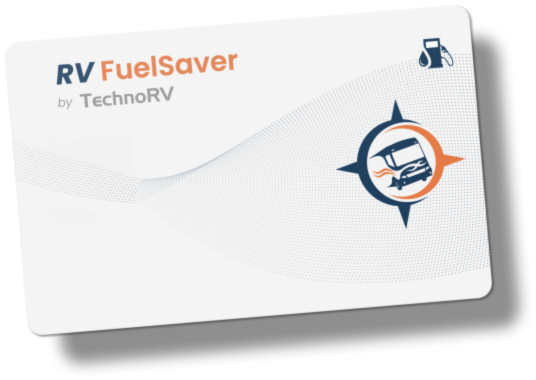
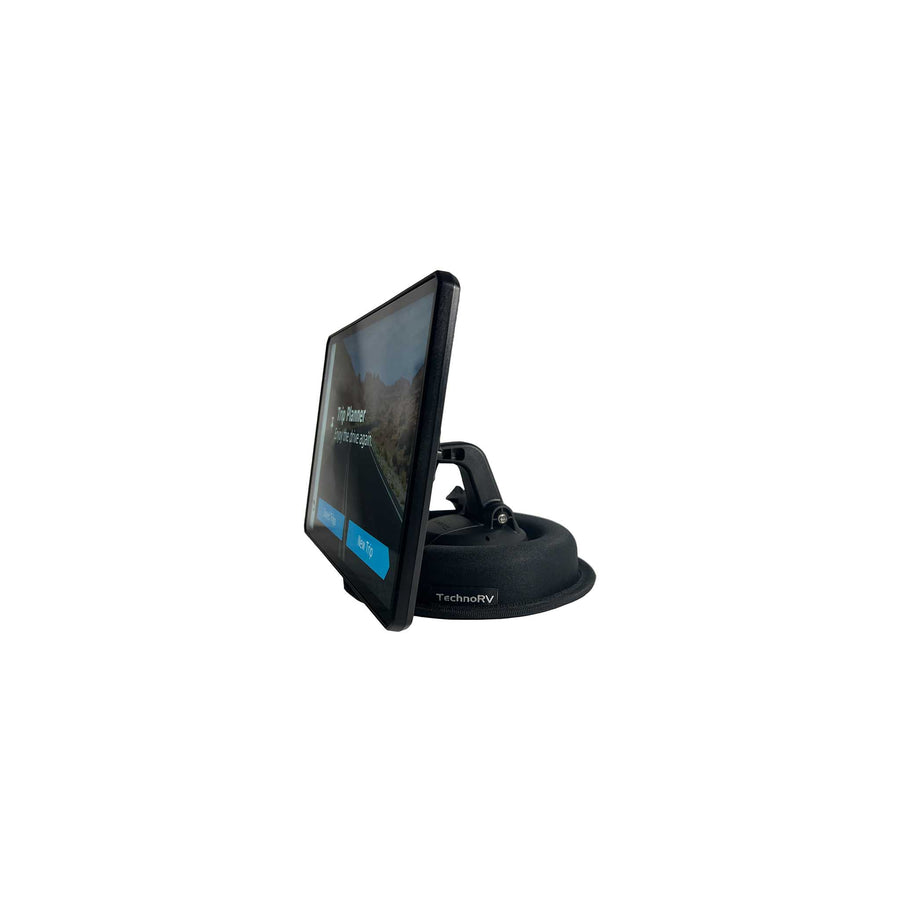
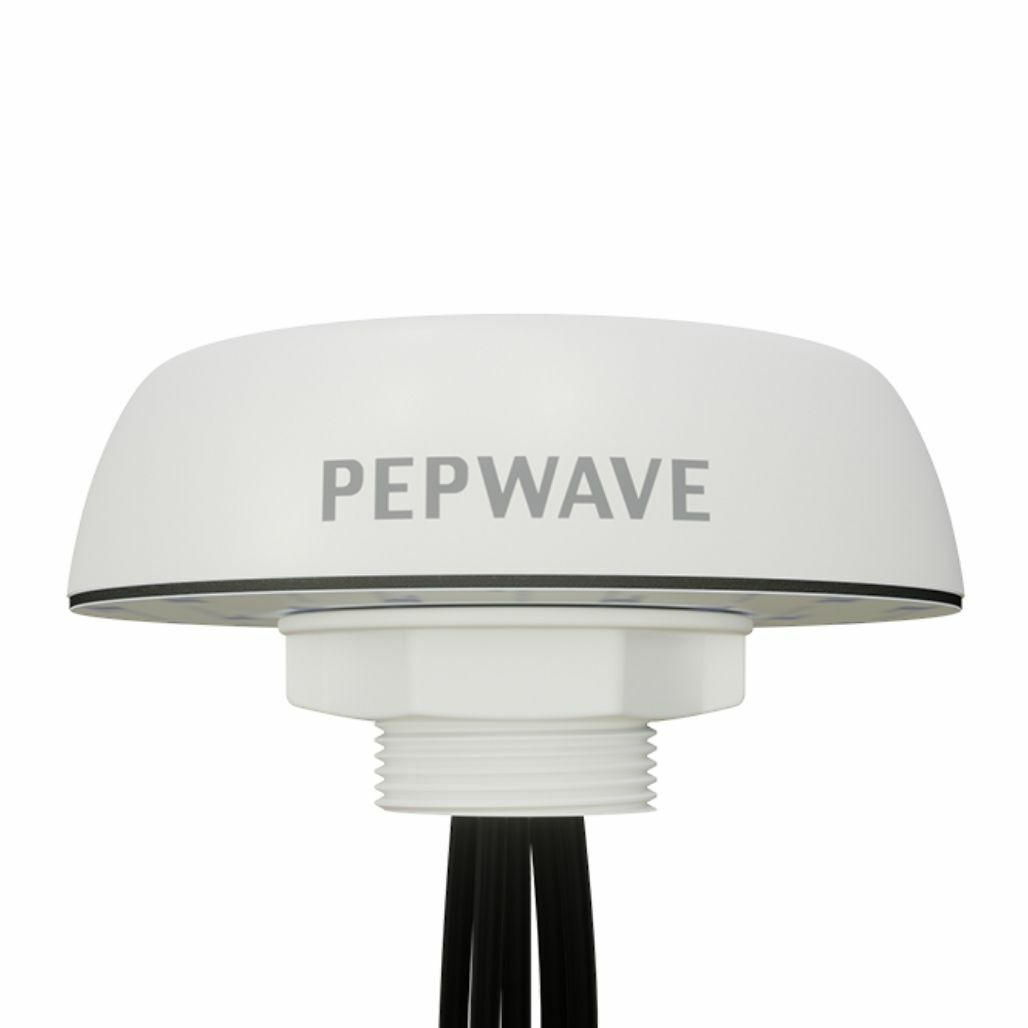
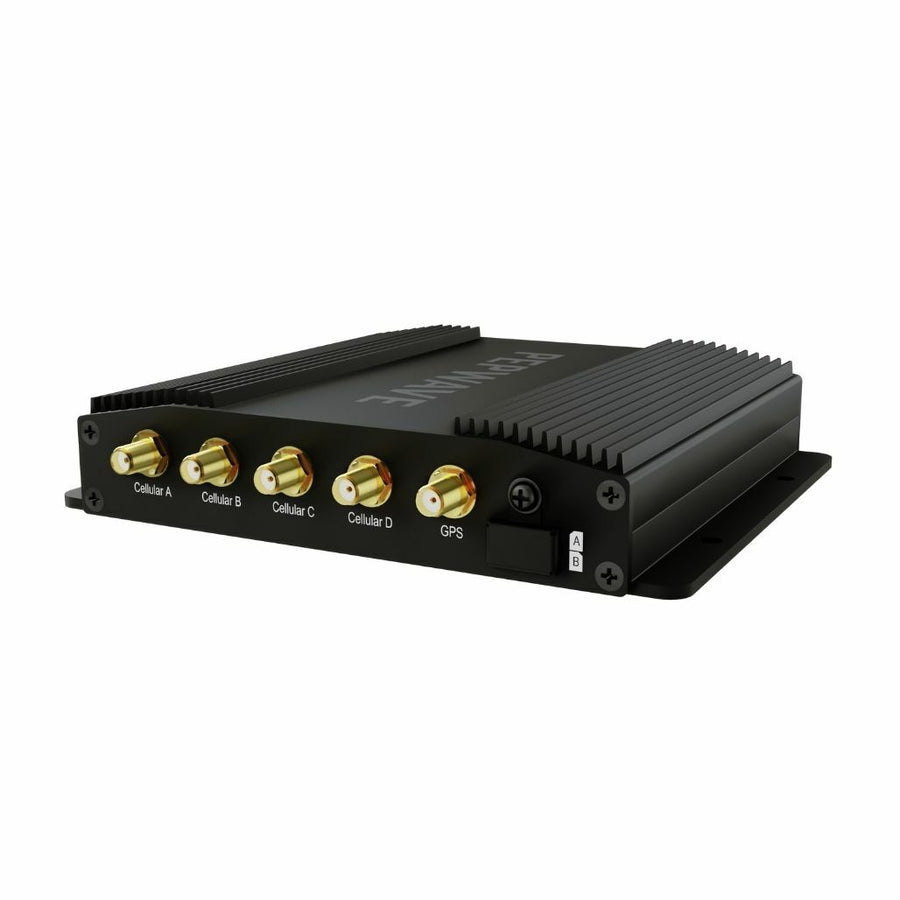

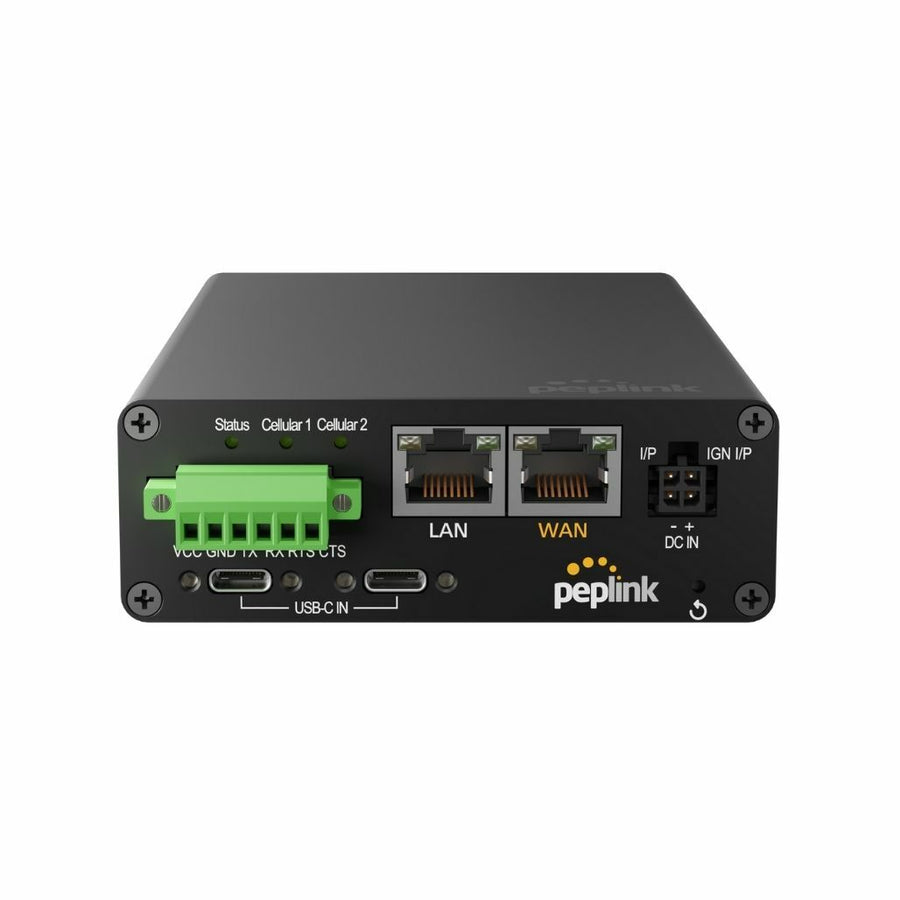

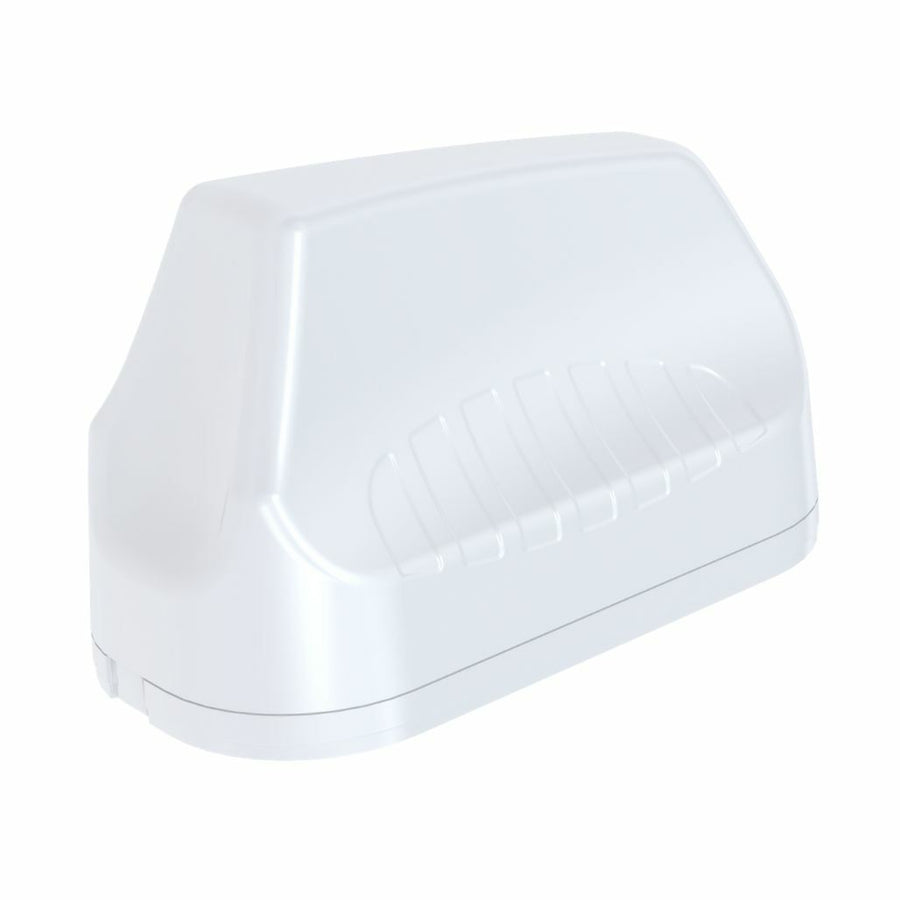

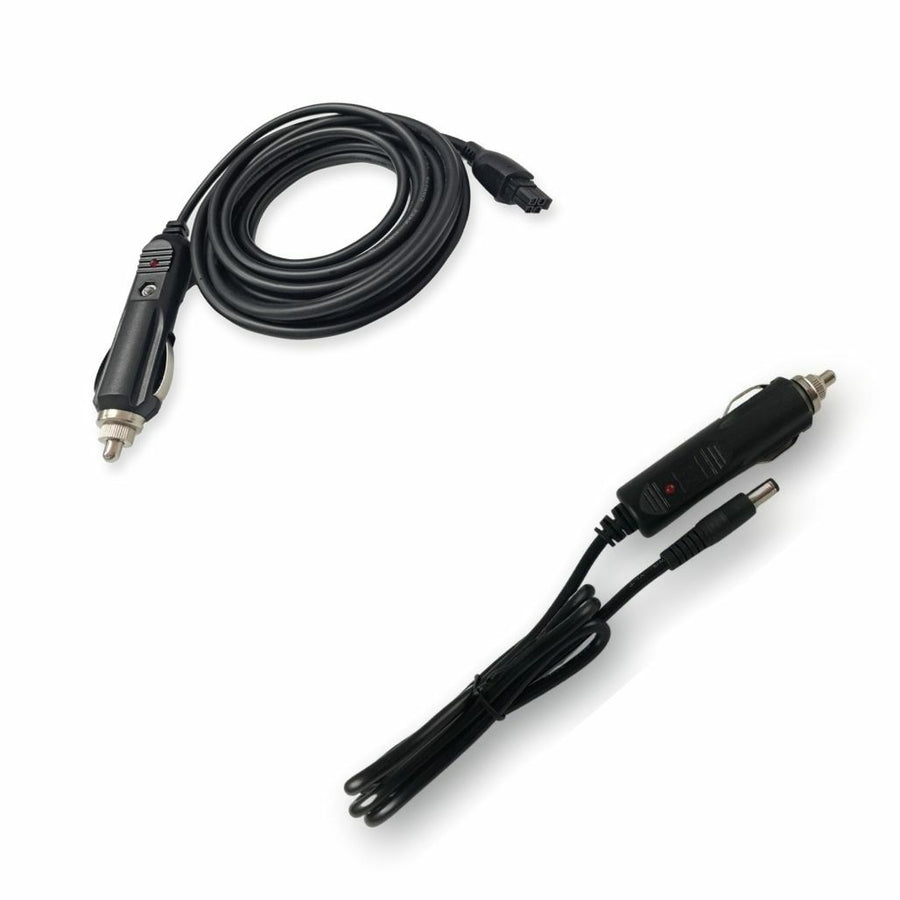

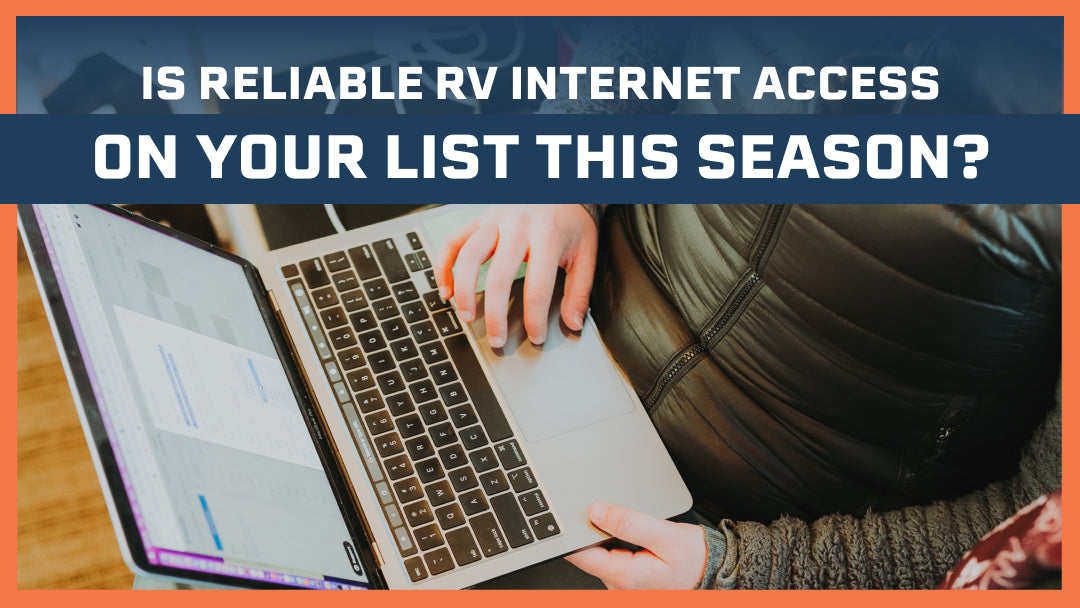
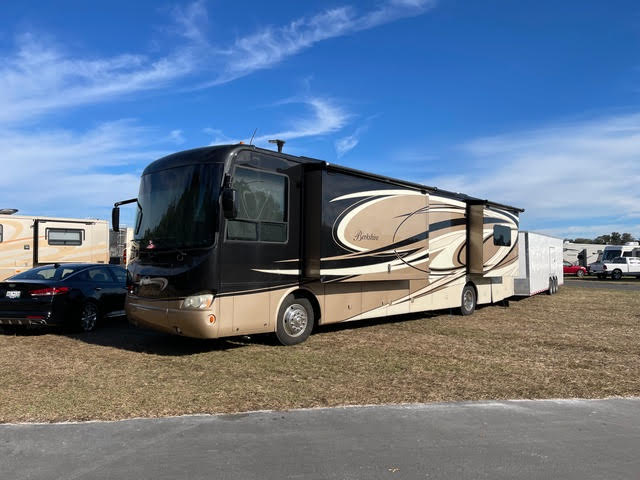
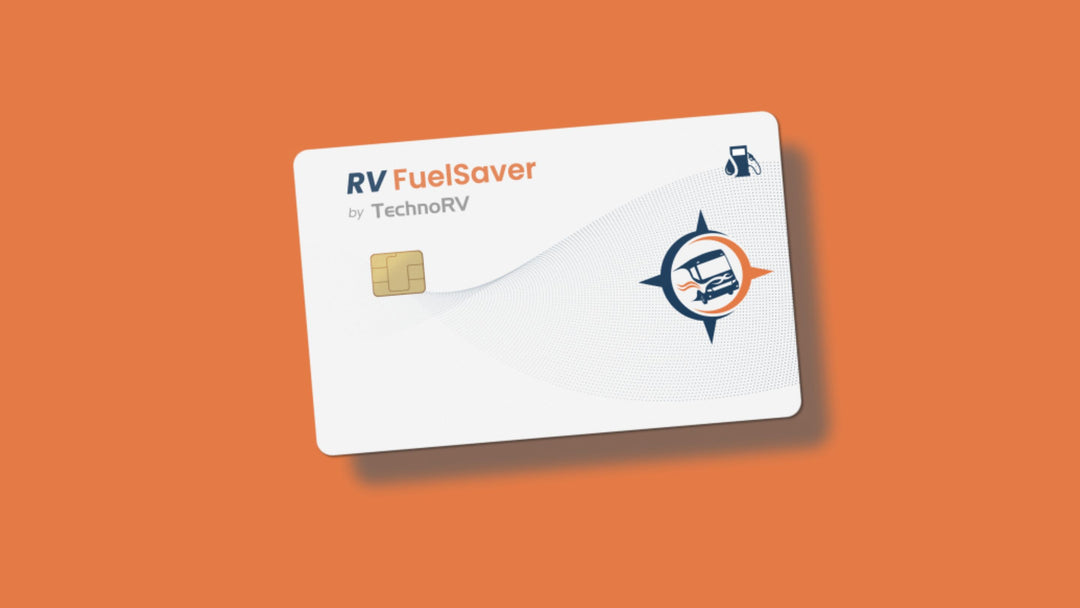
Leave a comment